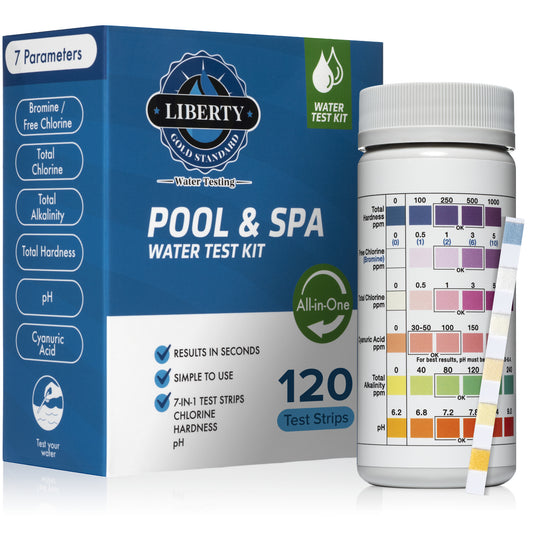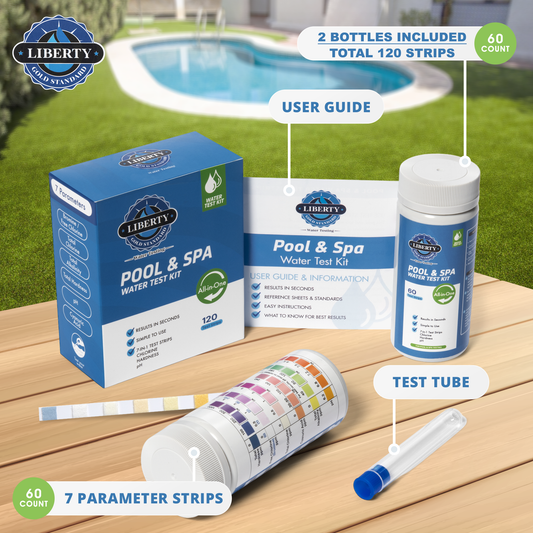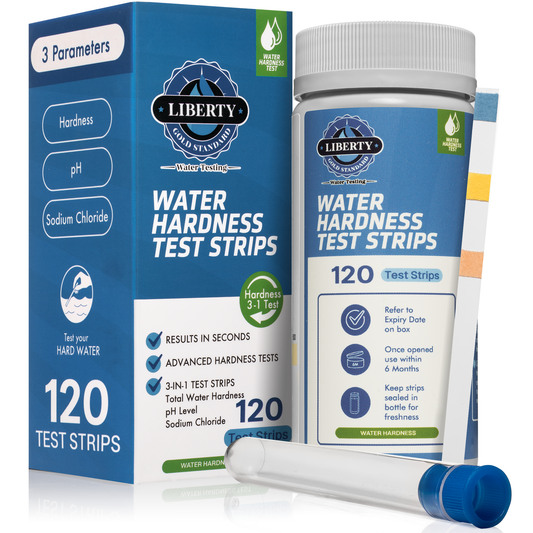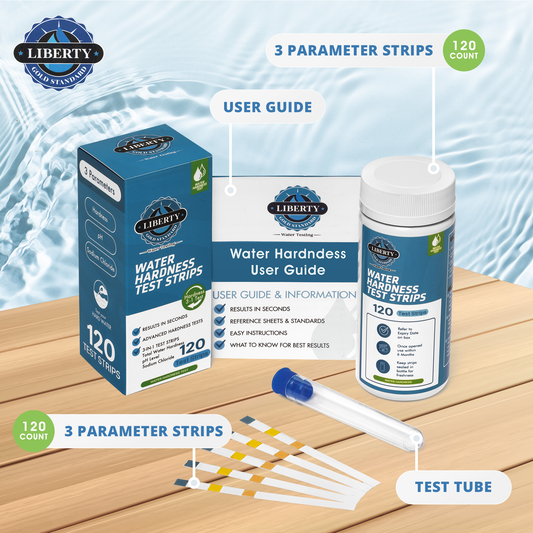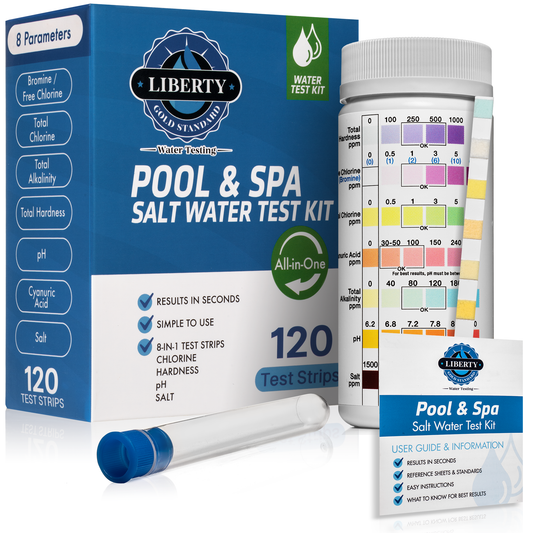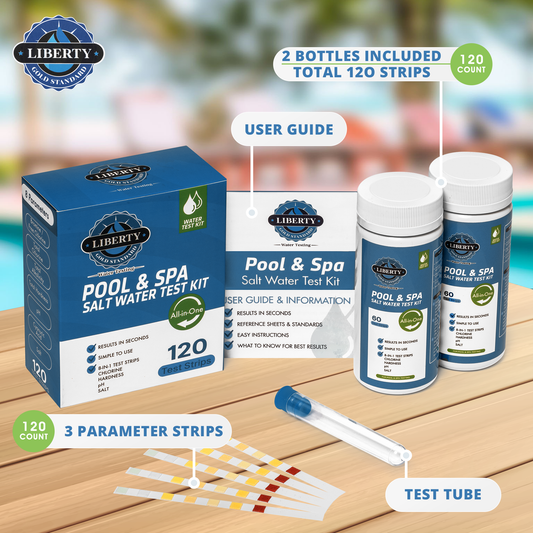We all know the importance of safe drinking water. But what if the way we test that safety has a blind spot? Current water testing standards focus on identifying and measuring individual contaminants like lead, chlorine, or bacteria. While this is undeniably crucial, it raises a critical question: are we overlooking the potential health impacts of a complex "cocktail effect" when these contaminants coexist in our water supply?
The Current Approach: Testing for Individual Threats
Imagine your water undergoing a rigorous interrogation. Each contaminant takes the stand: lead, chlorine, arsenic – all singled out and scrutinized. If they fall within acceptable limits, the water is deemed safe. This approach has undoubtedly saved lives by ensuring the removal of harmful substances. However, the reality of water is far more intricate.
The "Cocktail Effect": A Cause for Concern?
Our bodies don't experience contaminants in isolation. They interact, potentially creating unforeseen health consequences. Here's where the controversy arises. Can testing for individual components truly capture the impact of this complex mixture? Consider these factors:
- Limited Scope: Testing every possible combination of contaminants would be a logistical and financial nightmare. Regulations have to strike a balance between safety and practicality.
- Scientific Uncertainty: Understanding how different contaminants interact in the human body is a constantly evolving field. Definitively pinpointing the health effects of the "cocktail effect" remains a challenge.
- Public Perception: Some might view this as fearmongering, while others might become overly concerned about their water's safety even if it meets current standards.
The Importance of Open Dialogue
This isn't a call to panic. It's a call for a conversation. Here are some crucial points to consider:
- Investing in Research: Further studies on the "cocktail effect" are essential to understand potential health risks and refine testing procedures if needed.
- Transparency and Education: Communicating clearly with the public about water safety, including the limitations of current testing methods, fosters trust and empowers informed choices.
- Exploring Alternatives: Can advanced filtration technologies offer a more holistic approach to water purification?
The Bottom Line: A Call for Continuous Improvement
Water testing plays a vital role in safeguarding public health. But acknowledging its limitations allows us to strive for a more comprehensive understanding of water safety. It's about striking a balance – maintaining current testing protocols while fostering open discussions about potential blind spots and exploring avenues for improvement.
Remember, clean water is a right, not a privilege. By fostering open dialogue and continued research, we can ensure that the water we drink is truly as safe as possible.





